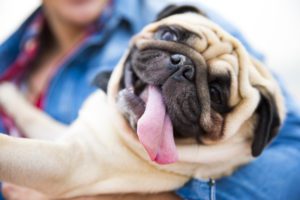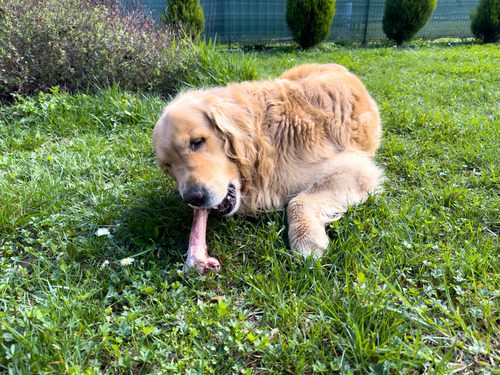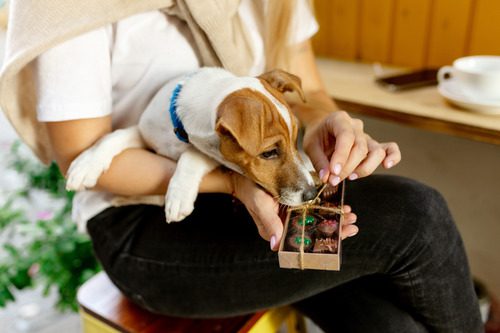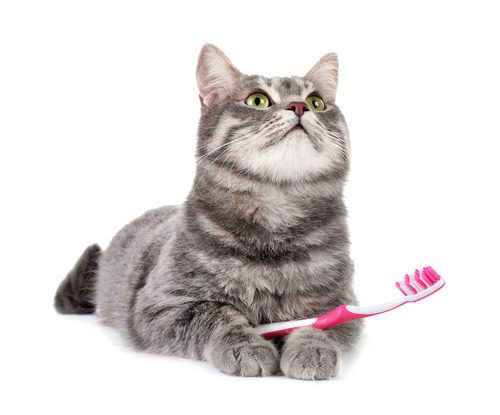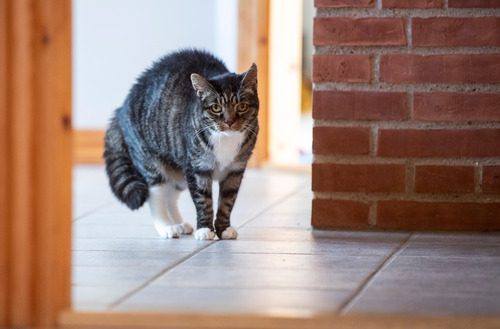What Pet Owners Should Know About Brachycephalic Dogs
Have you ever heard of brachycephaly in dogs? Brachycephaly is a serious problem for many dog breeds, and it can lead to a lifetime of complications and difficulties. As a dog owner, it is important to learn how to recognize the signs of brachycephaly in dogs so you can understand how to better take care of your pet if they suffer from this condition.
In the article below, we’ll walk you through everything you need to know about brachycephaly in dogs. You’ll be able to refer to this information to get a better idea of what this condition means for your pet as well as which dogs are more likely to experience this problem. By the time you finish reading, you should be ready to choose your next dog breed or take care of your existing brachycephalic dog by paying close attention to the needs and health issues surrounding this condition.

What is Brachycephaly?
Brachycephaly is a condition that causes a dog’s skull bones to be shorter than they should be. This bone shortening leads to a flattened and “smashed” appearance of the nose and face, which can in turn give some dogs an upturned nose appearance too.
This condition is technically referred to brachycephalic airway syndrome. It is typically present from birth and is more likely to affect specific breeds of dog that are bred to look this way. Although brachycephalic dogs may look cute and endearing, there are many complications that go along with this condition.
Which Breeds are More Likely to be Brachycephalic?
Dogs that are either fully or partly related to brachycephalic breeds are more likely to be born brachycephalic themselves. Any type of dog with a short, squashed face and snout is probably on the list of brachycephalic breeds.
Some of the most common breeds of brachycephalic dogs include pugs, Boston terriers, boxers, shar-peis, shih tzus, and bull mastiffs. There are other breeds that fall into this category, too, but these are some of the popular options. It is important to note that being a small breed is not a requirement for brachycephaly, and in fact the very large bull mastiff is on this list, too.
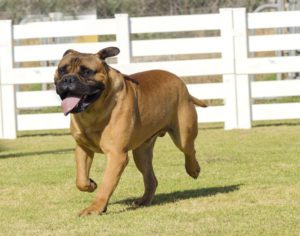 What are the Complications of Brachycephaly in Dogs?
What are the Complications of Brachycephaly in Dogs?
Brachycephaly can lead to a host of health problems throughout a dog’s life. Some of the possible risks of this condition include:
- Trouble breathing: A shorter, flattened snout makes it difficult for dogs to breathe properly.
- Trouble eating: Incorrect jaw and snout shapes can affect eating habits.
- Dental issues: Teeth may not align properly in a brachycephalic dog’s mouth.
- Difficulty regulating body temperature: Since it is harder for these dogs to pant properly, they also have more difficulty regulating their body temperatures, especially when it is very hot outside, or they’ve been exercising a lot.
- Difficulty sleeping: Dogs who have trouble breathing also have trouble sleeping and may snore very loudly.
How Can You Care for a Brachycephalic Dog?
Brachycephalic dogs require specialized care. Here are a few tips to keep in mind if you’re taking care of a dog from a brachycephalic breed:
- Do not overfeed. Keep your dog at a healthy weight to make breathing easier for them.
- Do not allow your dog to become overheated. Where some dogs may be able to play outside all day with no trouble, a brachycephalic dog should stay indoors most of the time.
- Wash the folds of the dog’s skin. It is common for these dogs to develop infections and inflammation in their skin folds, so regular washing is crucial.
Caring for Your Brachycephalic Dog is Important
If you have a brachycephalic dog already, it is important to take your time and do plenty of research about caring for your pet properly. Taking care of a dog with this type of health requirement can be very difficult, and it is also necessary to make sure you have the funds for any vet bills that may crop up along the way. Brachycephalic dogs tend to encounter many wellness issues that can significantly shorten their lifespans, too, so keep this in mind when taking care of this type of dog.
Remember this information as well if you are thinking of adopting any breed that is known for being brachycephalic. If you don’t feel like you can keep up with the health needs or pay for the vet bills that may come along with this type of dog, then you may want to consider a breed that isn’t known for being brachycephalic instead. Otherwise, however, work closely with a trusted Heart + Paw veterinarian to determine the best course of action for managing your dog’s health condition and helping your pet stay as healthy and happy as possible throughout their life.
Have questions about your dog’s wellness? Book an appointment at any of our Heart + Paw locations to talk to a vet about your dog’s care.
Recent Posts
Can Dogs Eat Ham?
Ham is a popular meat found on many dinner tables, especially during the holidays. As a dog…
8 Signs and Symptoms of Diabetes in Dogs
Caring for a dog means being tuned in to the subtle changes that can reveal their overall…
Why Dogs Can’t Eat Chocolate and Tips for Keeping This Sweet Treat Out of Their Reach
Chocolate is a beloved indulgence for us, but for our dogs, it’s a hidden danger that can…
Why Cat Teeth Cleaning is Important For Your Pet’s Health
As a cat owner, you know how important it is to care for your feline friend’s overall…
Cat Body Language: A Guide To Understand What Your Cat is Telling You
Imagine trying to communicate without words, relying solely on subtle gestures, glances, and movements. This is how…
About Us
Heart + Paw was founded in 2018 by Chief Veterinary Officer Dr. George Melillo, who currently serves the Mid-Atlantic area. Heart + Paw offers a combination of veterinary care, pet grooming, and dog daycare to help be a resource in your pet parenthood journey.
We'd Love to Meet Your Four-Legged Friends
Find out how the friendly veterinary team at your local Heart + Paw can help your pets live longer, healthier lives by searching for a location near you.

